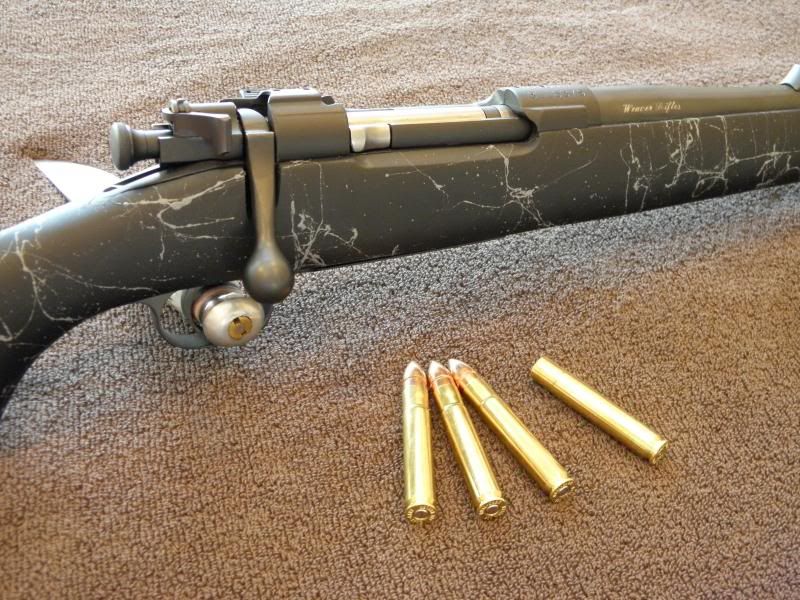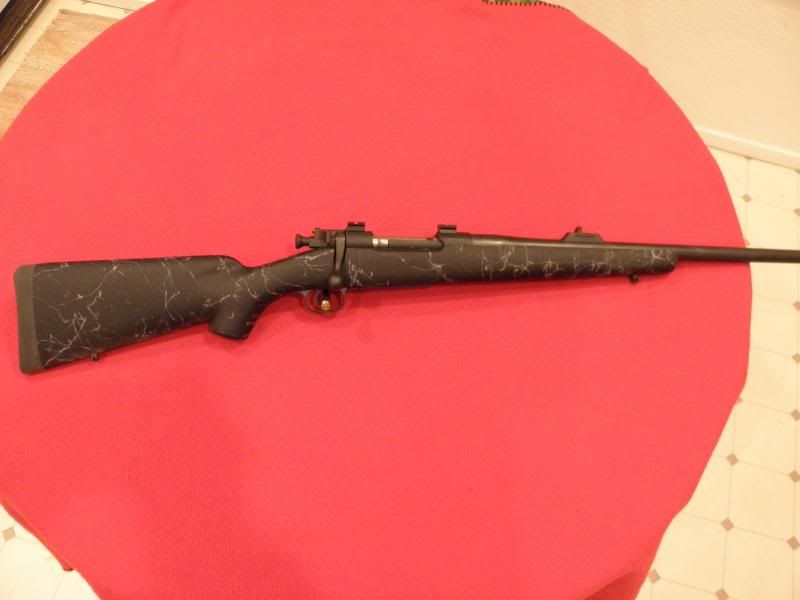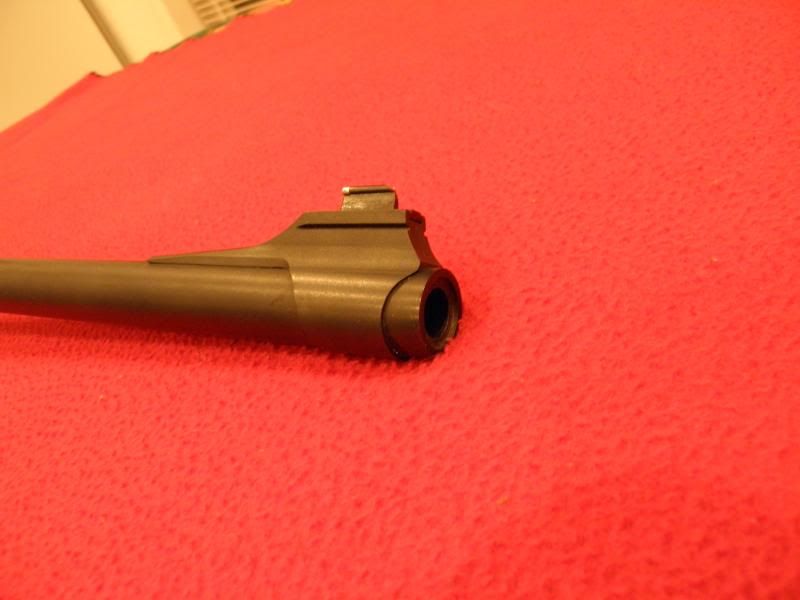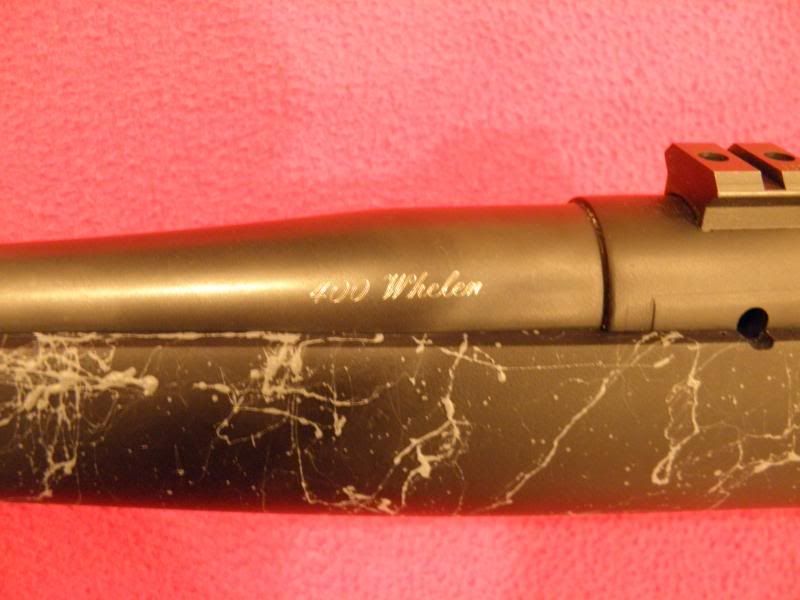i have a sporterized 98 mauser in 8x57 and next year i'm either going to rebore or rebarrel to the 400 whelen. (read https://web.archive.org/web/20101203...pace_myth.htm# to headspace it). i was going to do the 375 whelen but i already have a 9.3x57(.366"). and i can say that 4-something something!
since 150 lbs whitetails will be its main course, i'll only go 1600-1800fps in 350-400gr fn gc. i hunt in close cover, so 60+ yards is a loooong shot, 25-35 yards is more likely.
1944 98 mauser 8x57mm



i've been thinking of taking it to JES(i like that peep sight) but i might rebarrel it to 24"(it has a 22" barrel). i doubt that extra 2" is a make or break situation, but i like the 24" over the 22". the 98 mauser NEEDS a timney trigger and i'll go with richard's stock( Richards Microfit Gunstocks ), it will be a wolverine style and either a blue coral or black walnut stock.
i doubt highly that i'll get the chance to hunt elk or moose, but my sons' might and i'll just happen to have a rifle that they can use....it sounds good, don't it!!!
since 150 lbs whitetails will be its main course, i'll only go 1600-1800fps in 350-400gr fn gc. i hunt in close cover, so 60+ yards is a loooong shot, 25-35 yards is more likely.
1944 98 mauser 8x57mm



i've been thinking of taking it to JES(i like that peep sight) but i might rebarrel it to 24"(it has a 22" barrel). i doubt that extra 2" is a make or break situation, but i like the 24" over the 22". the 98 mauser NEEDS a timney trigger and i'll go with richard's stock( Richards Microfit Gunstocks ), it will be a wolverine style and either a blue coral or black walnut stock.
i doubt highly that i'll get the chance to hunt elk or moose, but my sons' might and i'll just happen to have a rifle that they can use....it sounds good, don't it!!!





